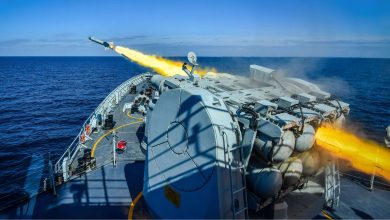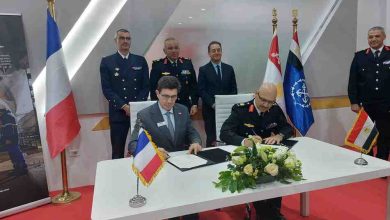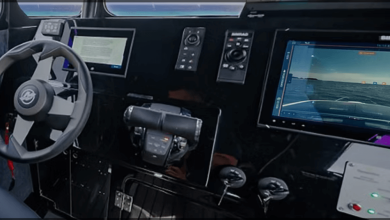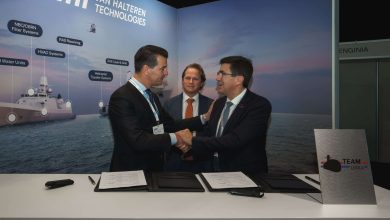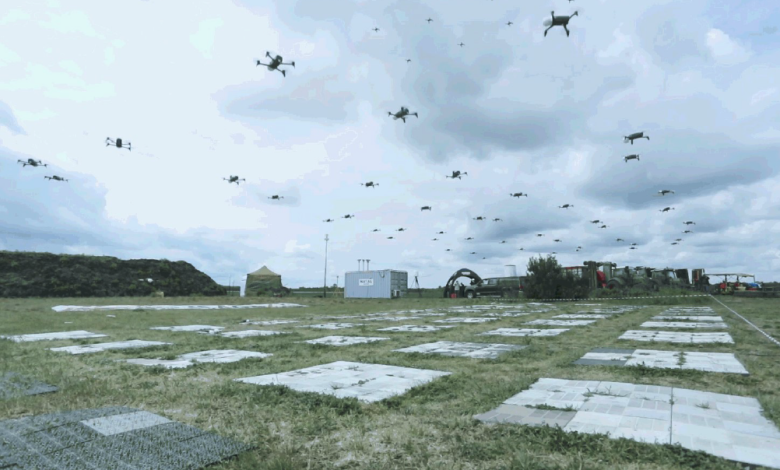
Partnership Unveiled: Naval Group and Icarus Swarms Forge Ahead in Drone Swarm Innovations
Naval Group and the startup Icarus Swarms, a division of Dronisos, have inked a memorandum of understanding to advance drone swarm technologies for naval forces.
An exciting innovation
The battle against asymmetric warfare is one of the primary challenges confronting 21st-century navies. Drone swarms or robotic swarms pose both a risk and a prospect for existing fleets. These drone swarms, whether airborne, surface-based, or underwater, are robust, saturating, and elusive. They thus enable the execution of novel mission types that complement traditional platforms. Naval missions could be significantly influenced by these emerging technologies. Dronisos, a French startup, stands out as one of the few entities globally capable of simultaneously deploying five hundred to one thousand aerial drones operating collaboratively thanks to artificial intelligence. Over the past five years, the startup has applied its expertise, particularly for major events and theme parks worldwide. Dronisos now provides Icarus Swarms kits, compact drone swarms tailored for specific security operations: illumination, radio countermeasures, anti-drone system evaluation, radiological mapping, or search operations for personnel or equipment. Consequently, Naval Group, a leading player in European naval defense, is enhancing its research and development efforts in the domain of drone technology. The establishment of this partnership aligns with the company’s innovative strategy, uniting laboratories, startups, industry leaders, and navies around the subject of drone swarms.
Collaborating to shape the future of drone swarms
To enhance their collaboration, Naval Group and Icarus Swarms have formalized their alliance through a memorandum of understanding signed on February 1st, 2022. The combined expertise of Naval Group and Icarus Swarms in the field of drone swarms is expected to foster the development of future applications. This collaboration has already initiated regular trials, some of which are conducted alongside the French Navy. Naval Group and Icarus Swarms have successfully executed simulated attacks involving ten to one hundred drones to evaluate systems designed for detecting asymmetric threats utilizing Dronisos’ Certifence product.
In a forward-thinking approach akin to the one employed by Red Team1, Naval Group envisions potential use cases and upcoming threats. These swarms of intelligent drones could, for instance, be deployed both underwater and airborne to shield the diving and surfacing of submarines from detection.
A regional focus
These innovative applications will be developed and assessed, particularly in the New Aquitaine region, at the Naval Group facility in Angoulême-Ruelle, along with the Dronisos headquarters in Bordeaux. The Angoulême-Ruelle site is specialized in the design, production, testing, and maintenance of a diverse range of equipment for the surface and submarine vessels of its naval clientele. The Innov’Factory, a 4,700m² building owned by Naval Group located in Ruelle sur Touvre, dedicated to innovation and development, will host the project team in the upcoming months to facilitate discussions and investigate future collaborative advancements.



